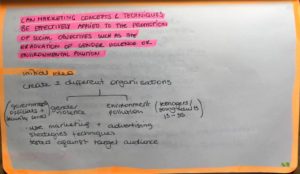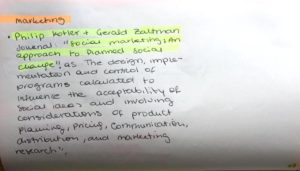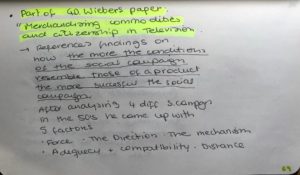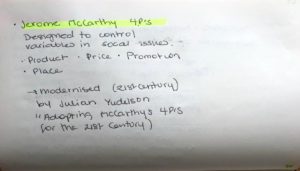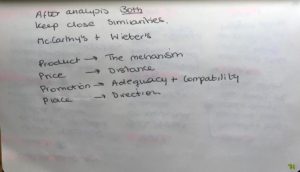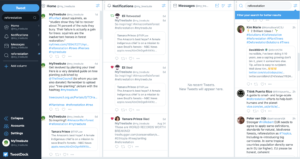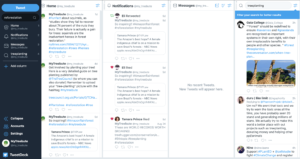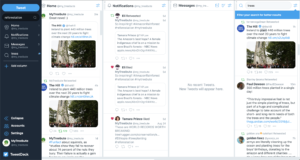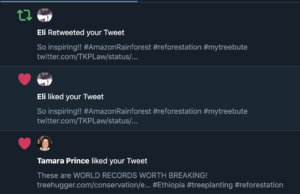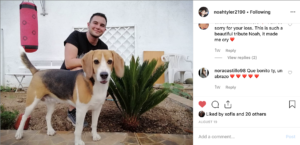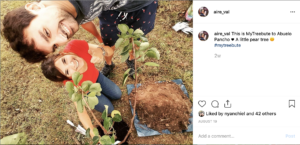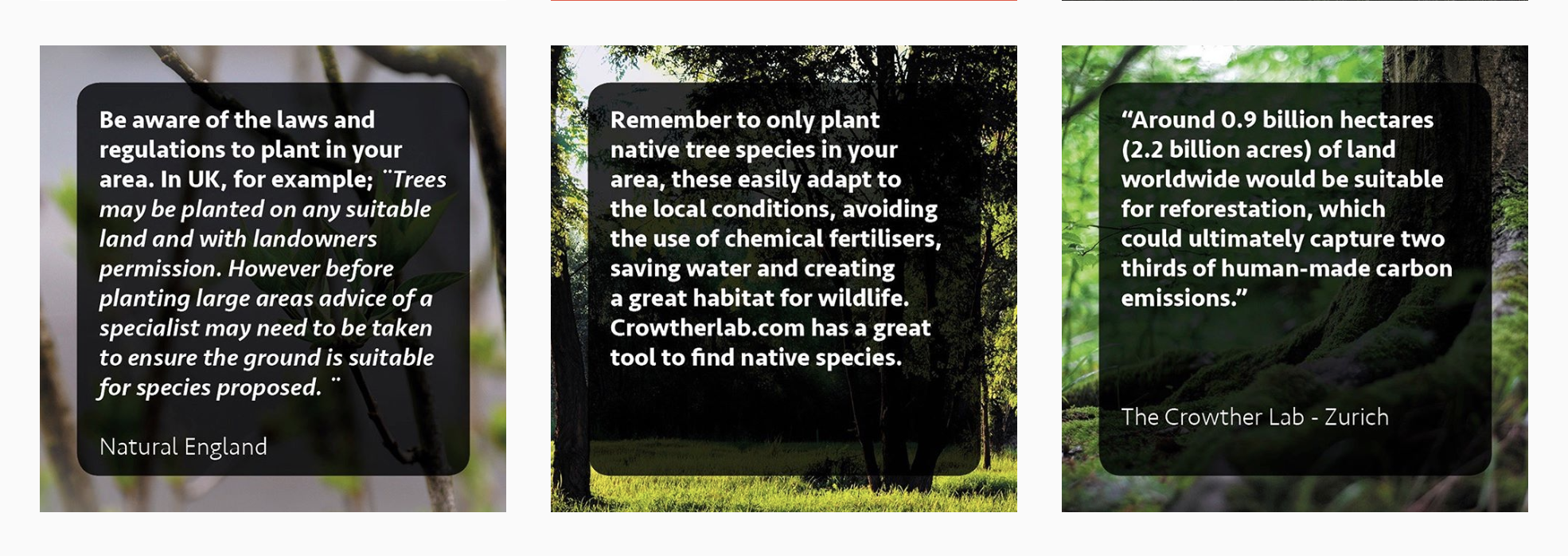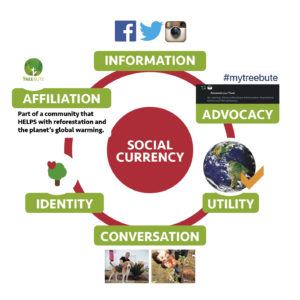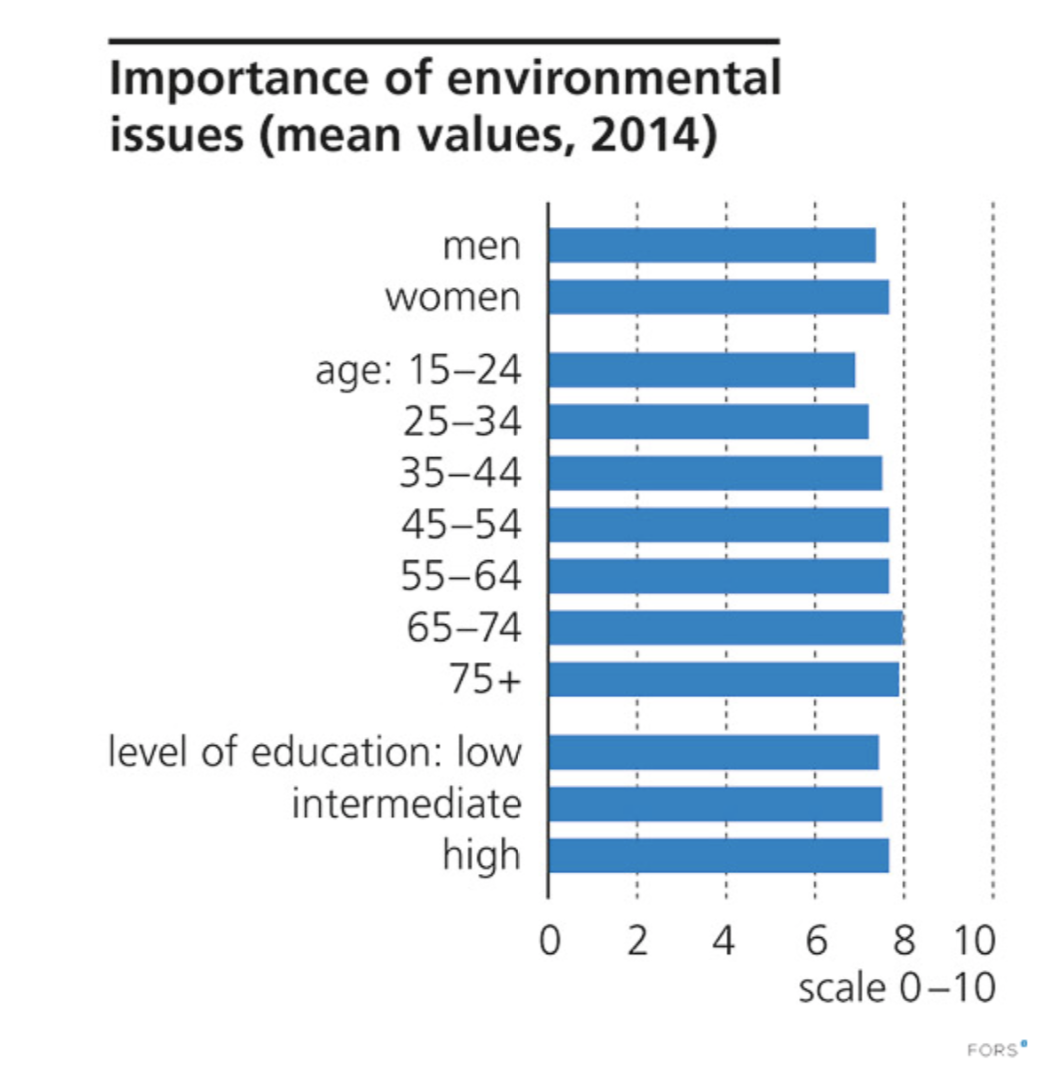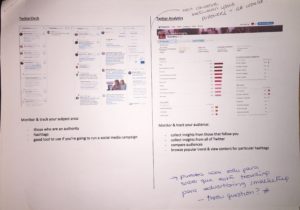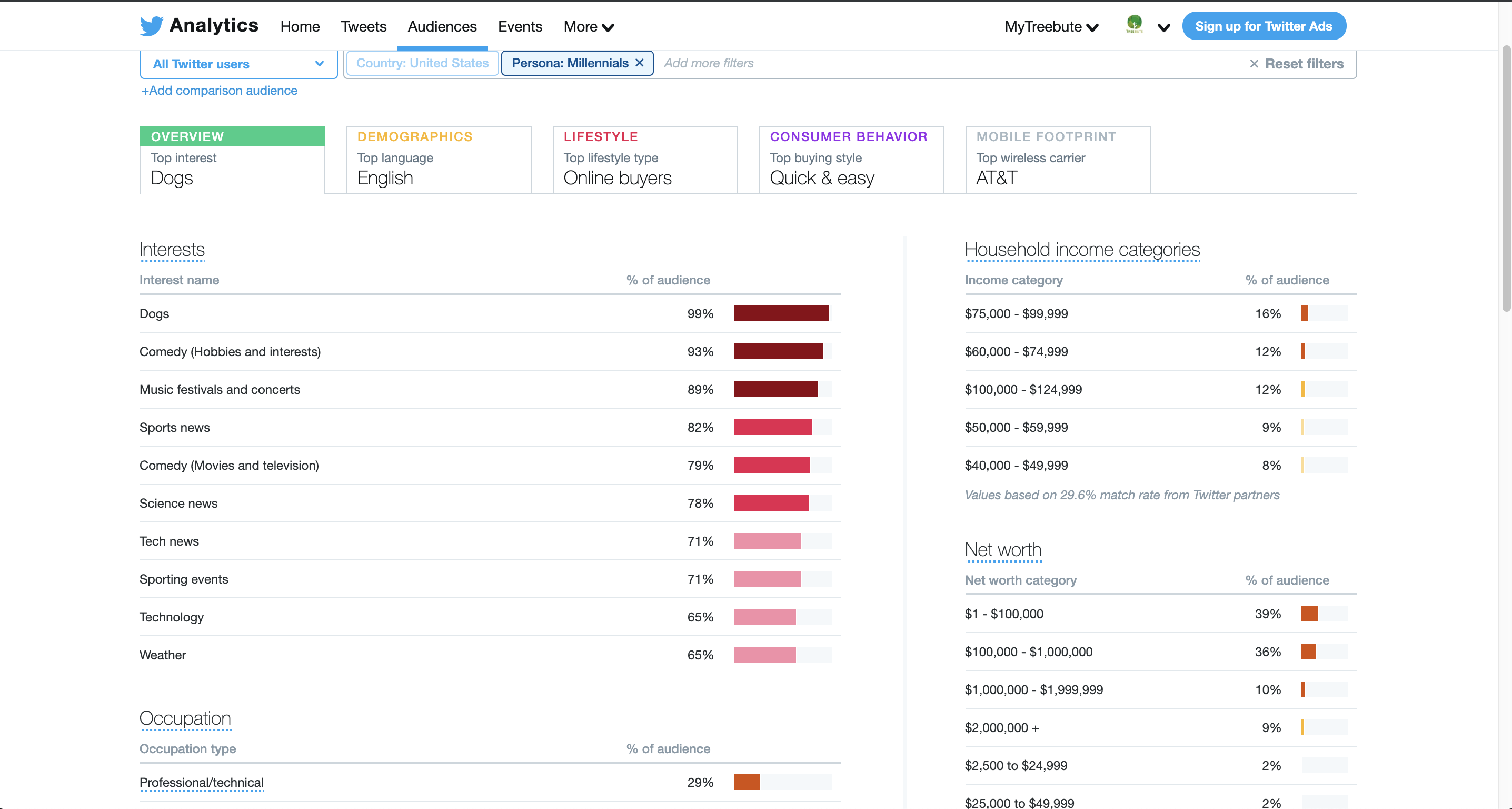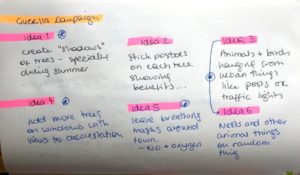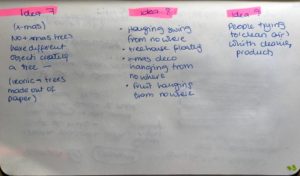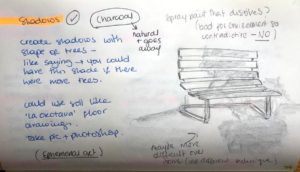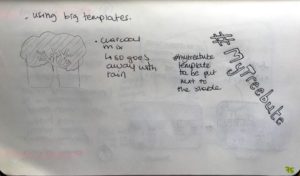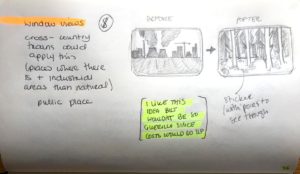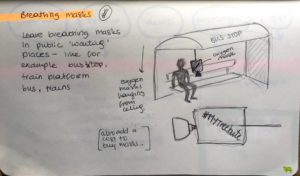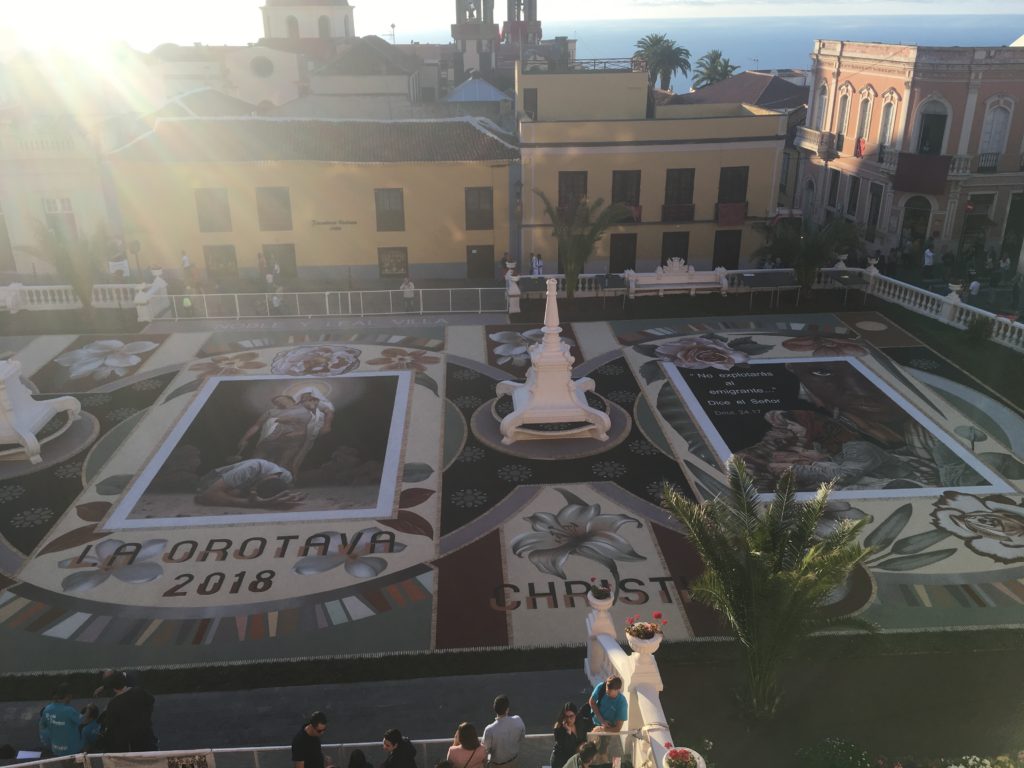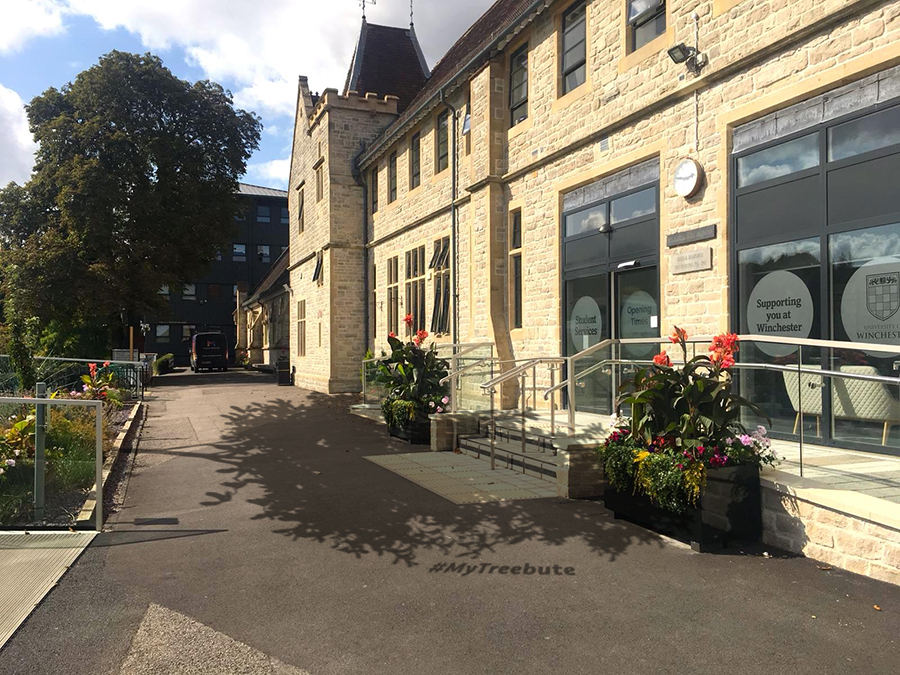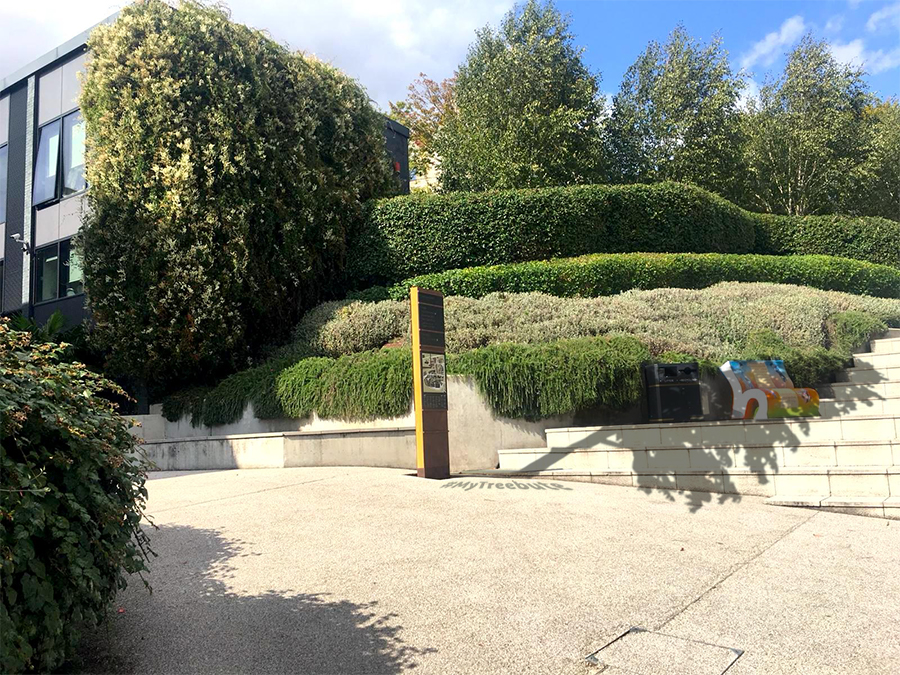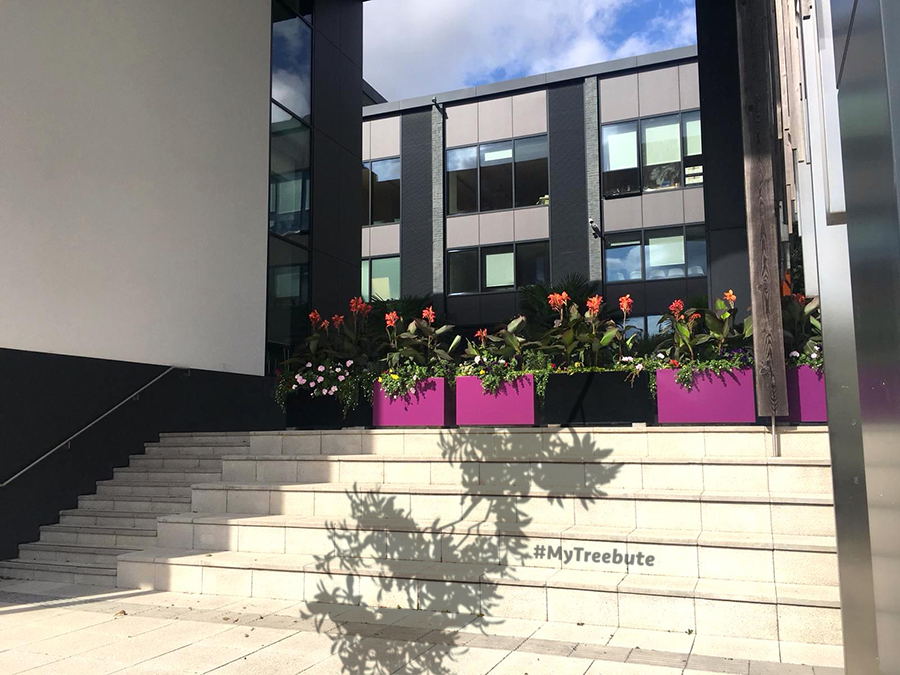MYTREEBUTE'S MARKETING
All the marketing Techniques and Strategies followed to create the social media campaign.
Research
Through my past research paper (Can marketing concepts and techniques be effectively applied to the promotion of social objectives such as the eradication of gender violence or environmental pollution?), I have had the opportunity to investigate through some very interesting techniques and marketing concepts which have been the base for this social media project. Through the research, I mainly investigated 3 different papers/ journals:
1). Through the Philip Kotler and Gerald Zaltman “Social Marketing: An Approach to Planned Social Change”(Kotler, P. and Zaltman, G., 1971), I found a reference to G.D. Wieber’s paper about the “Merchandising commodities and Citizenship on Television” (Wiebe, G, 1951). In this paper he concluded that the more the conditions of the social campaign resemble those of a product the more successful the social campaign will be. After he analysed 4 different social campaigns in the 50’s he came up with 5 different factors, which, when applied, would make a successful campaign. These were:
- The Force: The intensity of the person’s motivation toward the goal as a combination of his predisposition prior to the message and the stimulation of the message.
- The Direction: Knowledge of how or where the person might go to consummate his motivation.
- The Mechanism: The existence of an agency that enables the person to translate his motivation into action.
- Adequacy and Compatibility: The ability and effectiveness of the agency in performing its task.
- Distance: The audience member’s estimate of the energy and cost required to consummate the motivation in relation to the reward. (Kotler, P. and Zaltman, G., 1971)
2). Jerome McCarthy, an American marketing professor and author, also presented 4 key variables in the marketing mix named the four P’s designed to control variables in social issues (McCarthy, E., 1971) These were:
- Product: A product can be either a tangible good or an intangible service that fulfils a need or want of consumers. There must be a clear grasp of exactly what the product is and what makes it unique before successfully marketing it.
- Price: Price determinations will impact profit margins, supply, demand and marketing strategy.
- Promotion: Promotion looks at the many ways marketing agencies disseminate relevant product information to consumers and differentiate a particular product or service.
- Place: It’s critical, to evaluate what the ideal locations are to convert potential clients into actual clients.
- The New Concept of Product: Product should be redefined as all the benefits (present or anticipated) that the buyer or acquirer obtains from the exchange. Yudelson suggests to re-label this concept as Performance so the “customer” feels there is a sense of gain from it. He continues to add that; the real product is the benefit to the customer, whether that benefit is hope, beauty, holes, transportation, cost reductions, or eternal salvation.
- The New Concept of Price: Price should be redefined as everything that the acquirer gives up to obtain the benefits. It also covers the circumstances where the acquirer may give up something that is not gained by the seller or supplier. An example of this would be time.
- The New Concept of Promotion: Several writers have replaced Promotion with the broader, less pejorative term “communications.” Yudelson also suggested that Promotion be redefined to include all of the information that is conveyed between the parties to the transaction in keeping with the current thought on Integrated Marketing Communications.
- The New Concept of Place: Place can be now defined as all that is done and required to facilitate or bring about the exchange. The growth of the virtual marketplace of the Internet makes place even more of an anachronism as a label for this element of the exchange activity. He also suggests to change this term to Processes, a better label for this essential component of the marketing mix. Clearly, a Process is not limited to a single location, or even series of sites, but represents a collection of institutions and organisations performing a myriad of transactions and activities to accomplish the marketing exchanges.
.
After I determined all the factors and strategies both McCarthy (& adaptation by Julian Yudelson) and Wieber suggests, I found they both keep close similarities.
- The Force
- Product → The Mechanism
- Price → Distance
- Promotion → Adequacy and Compatibility
- Place → Direction
I applied the combination of my comparison table (above) to create MyTreebute’s marketing campaign’s plan. Each variable/factor is detailed below.
The Force
Reforestation awareness is a subject which is very current at the moment, specially after the terrible fires on the Amazon and news like Ethiopia breaking a world record on tree planting.
I have been using Twitter Deck to follow different tweets about #reforestation, #treeplanting #trees, which I have used to retweet or get information to create posts on MyTreebute’s social media accounts (Facebook, Instagram and Twitter)
By sharing this information and showing devastating consecuences of the world’s deforestation problem, people tend to get more involved. Now a days getting involved (even if its just by sharing a post/information) takes only a second. This means everyone is capable of helping our planet. All these posts are the force, that make people want to collaborate.
Product ↓
The Mechanism
The «unique» product that MyTreebute is «selling», is the idea that there is always SOMETHING you can do to help with reforestation and you can even do it individually. Even the name is a play-on-words to encourage people to not only make «TheirTreebute» to our planet (by planting a tree), but also a dedication/tribute to someone they love.
It’s also used as a community, and communication channel, meaning that everyone can get involved by commenting and sharing all the posts MyTreebute shares, making it super easy for anyone to get involved.
Price ↓
Distance
So, what are people getting in return? There is an article that talks about people supporting a cause and it’s self-fulfilment. In this case, the article uses the » ALS Ice bucket challenge» as an example. (Avidian Technologies., 2019)
«The Ice Bucket Challenge drew on another major pillar of social sharing: self-fulfilment. The challenge allowed those sharing it to feel as though they were making a difference in addition to supporting something worth the effort. Shared videos put more eyes on the challenge, and viewers could choose to participate themselves without much effort. Sharers not only felt entertained—they felt empowered, too.»
The plan is to have people having the same emotions when sharing the picture with their tree. This is also known as a «helper’s high». People feel like they have not only helped with the environment but they have also made a nice action for someone who they love.
Planting a tree is also seen as a «fun experience» which can be also shared with friends, and make them feel like they are now part of a community of people who have acted and collaborated on reverting climate change.
Promotion ↓
Adequacy and Compatibility
MyTreebute provides all the information you need to collaborate in any possible way. From offering a guided video on how to plant your own tree and information about planting laws/regulations, to other interesting links to articles, organisation websites, videos… It’s all just a click away!
See some instagram post examples below- (more information is added on each post’s description)
Place ↓
Direction
It’s very clear that the aim of this campaign is to get people more involved and informed about reforestation and get people to engage by planting their own tree.
Extra research
I have also taken advantage of a previous research paper that was given to us as a past student’s example. It was very relatable to my project, as she wrote a paper on «Deconstructing viral video content: to what extent can viral content be manufactured. – A social media experiment to create a set of viral videos, based on research exploring the human psychology behind sharing and emotional contagion, trends, analytical data as well as popular social media strategies including evocative thumbnails and strategic posting times.» and has gathered some great research.
In her paper, she includes a very interesting section in which she talks about «Why do people share content? Examining social and emotional motivations». The first paragraph on this section links perfectly to my analysis on MyTreebute’s Price → Distance as she explains the psychological reasons behind sharing content and actions on social media.
«On a surface level people share content ‘so they can relate with other people and discuss how they feel’ (Moreau, 2018) but on a psychological level people are more likely to share content if it reflects positively on them as ‘what we talk about influences how others see us’ which is known as ‘social currency’ (Berger: 22) and this is a good basis for understanding ‘emotional contagion’ (Guadagno et al., 2013: 2312).» (No Author, 2018). – unfortunately I could not get hold of her name, as it doesnt appear on her paper.
As I had never heard the term » social currency’ before, I started doing some research on the subject, to find this very interesting definition on «Market Business News» (Market Business News., 2019).
«Social currency is a popular term that has not been around for long. It is understood as all the existing and potential resources which arise from the presence of social networks and communities – either online or offline.
Put simply, social currency is information that is shared by people as they go about their everyday lives.
It is the total economic value of each person’s or entity’s relationships, both in real life and on the Internet.
Just like gravity and magnetism, we can feel its effects but cannot really point at it and pick out any individual item as social currency.
There are six types of behaviour that lead to social currency: Conversation, Information, Advocacy, Identity, Affiliation and Utility.
Much of a brand’s social currency today is achieved online. Any company that ignores how consumers and customers interact and behave on the Internet are likely to fail in the current, highly-competitive marketplace.»
I then created my own table on these 6 different types of behaivor to link them to MyTreebute’s project.
Target Audience
This campaign will be mostly targeted at teenagers and young adults (13 – 35) as they seem to be the group who is less concerned about the environmental issues (SHP, F., 2019). Although they are, at the same time, the most exposed through internet, social media and new technologies, to information and campaigns towards this issue.
I also used Twitter analytics and TwitterDeck (Kerry gave us this useful hand-out for our research proposal module during semester 2)
On this Twitter analytics screenshot it shows how environmental issues are definitely not a priority subject for millenials right now.
Guerilla Campaign
At the beginning of this project, my plan was to create theoretical campaigns, but since tutorial 1, the plan has changed to really focus on the Social Media Campaign and make it «life» (as discussed on The Final Major Project Blog). I still, however was keen on including a theoretical Guerilla campaign anyway. This small section is just to show a possible Guerrilla Campaign project that could be life in order to create awareness on reforestation at the same time as MyTreebute’s hashtag.
Below you can see some ideas I developed on my sketchbook. Some of them I really liked, but still meant that it would add an extra cost to the Guerrilla campaign, and according to Study.com, who defines Guerrilla Marketing as «a low or no-cost form of marketing». (Manker, A., 2019).
So, analysing all of the 3 ideas I considered, I came to the conclusion that the shadows campaign, would be the best one to create not only because its cheapest possible, but its the one that most uses natural resources.
There are several things that inspired this idea. Fist of all the heat wave we have had this year in the UK, and how whenever we went for a pic-nic, the nicest thing was to lay under a tree’s shade. And how trees not only help us by producing oxygen, but also offers shade for humans as well as wildlife.
While I was back in Spain, I came across this image, which hangs from one of my buildings hallways.
I thought it was very interesting how the tree’s shadow hits against the wall, and how it would look if the tree was not actually there, how less interesting the drawing would look. It’s the contrast with the shadows that makes it special. Funnily enough, I studied shades on water-colour drawings for my A-Levels at school, and remember how interesting I found this subject.
So the idea is to create Ephemeral Art – which,is defined (By Tate) as:
«There are many forms of ephemeral art, from sculpture to performance, but the term is usually used to describe a work of art that only occurs once, like a happening, and cannot be embodied in any lasting object to be shown in a museum or gallery.
Ephemeral art first came to prominence in the 1960s with the Fluxus group, when artists like Joseph Beuys were interested in creating works of art that existed outside the gallery and museum structure and had no financial worth. Happenings, performances and sound sculptures were all part of ephemeral art, as were flyers and cheap mass-produced items that carried subversive messages out into the world.» (Tate., 2019)
After deciding what I would do, I started to investigate how I could create the shades. I first thought of a technique used in several places to create floor drawings like the example below created with sands collected from the volcanic mountain.
The idea of using sand would work if I was planning on painting these shadows on flat floor, but I wanted to be able to paint vertically or over seats and objects too. I realised that because this project was all about environment, I had to come with a painting method that would not contaminate. After some research I came across how ancient people decorated their cave walls and stones, using earth pigments mixed with other natural elements. These are briefly explained by Webexhibits on ¨Pigments through the ages¨ (Webexhibits.org.,2019)
They used a mix of carbon from fire with spit or fat. (I would use something equivalent like coconut oil).
So the tools I would need would be:
- A tree-shaped template
- A #MyTreebute template
- Charcoal
- Equivalent to fat (to mix with oil)
- Brush or equivalent to paint
Because people are very curious, I feel like bu just adding the #MyTreebute hashtag next to the shade, created enough curiosity for people to search online and find the initiative.
Below you can find some images of what the final idea would look like. These images have been created on Photoshop.
References
- Kotler, P. and Zaltman, G. (1971). Social Marketing: An Approach to Planned Social Change. Journal of Marketing 35 (3), p.A range of pages.
- Wiebe, G. (1951). Merchandising Commodities and Citizenship on Television. Public Opinion Quarterly, 15(4), p.A range of pages.
- McCarthy, E. (1971). Workbook for use with basic marketing. Homewood, Ill.: Irwin.
- Yudelson, J. (1999). Adapting Mccarthy’s Four P’s for the Twenty-First Century. Journal of Marketing education, 21(1), p.A range of pages.
- No Author, (2018)
- Avidian Technologies. (2019). Social Media And Psychology — Why Do People Share?. [online] Available at: https://www.avidian.com/blog/social-media-and-psychology-why-do-people-share [Accessed 4 Aug. 2019].
- Market Business News. (2019). What is social currency? Definition and meaning – Market Business News. [online] Available at: https://marketbusinessnews.com/financial-glossary/social-currency-definition-meaning/ [Accessed 13 Aug. 2019].
- SHP, F. (2019). Importance of environmental issues · Social report 2016. [online] Socialreport.ch. Available at: http://socialreport.ch/5environment-and- society/ecological-awareness/ecological-awarness-by-age-and-education- 2010.html [Accessed 10 May 2019].
- Manker, A. (2019). [online] Study.com. Available at: https://study.com/academy/lesson/what-is-guerrilla-marketing-definition-strategies-examples.html [Accessed 17 Aug. 2019].
- Tate. (2019). Ephemeral art – Art Term | Tate. [online] Available at: https://www.tate.org.uk/art/art-terms/e/ephemeral-art [Accessed 16 Aug. 2019].
- Webexhibits.org. (2019). Pigments through the Ages – Prehistory. [online] Available at: http://www.webexhibits.org/pigments/intro/early.html [Accessed 26 July. 2019].


